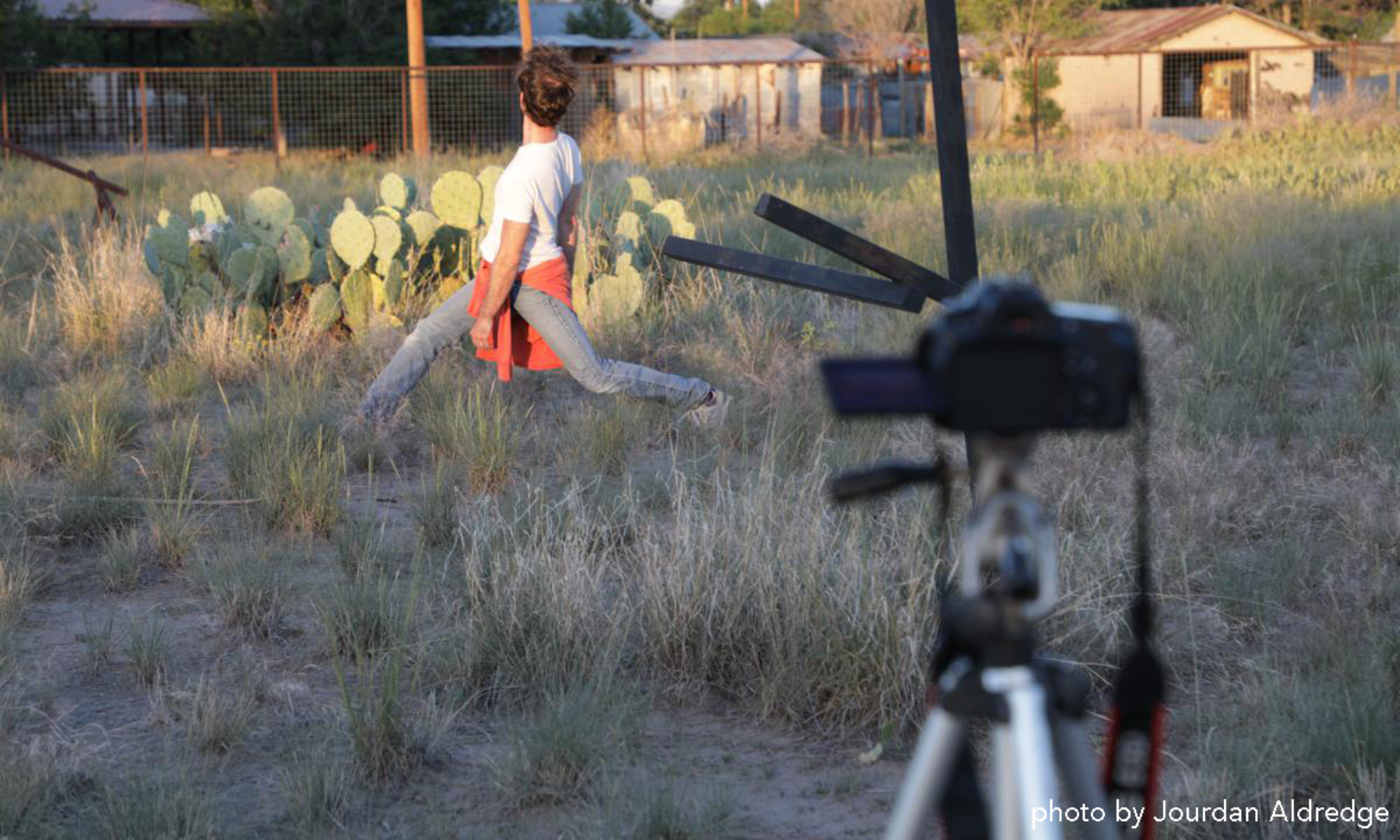Below are the two sets of titles I created for our latest performance, Truth in Advertising. Please see the previous blog post for more information about why each piece had two titles.
1. 20 Discrete Events
2. Person with Object and Pop Song
3. Choreography Created by 6, Performed by 2
choreo by Shelley Senter, Nina Martin, Margaret Paek, Rebecca Bryant, Kelly Dalrymple-Wass, Andrew Wass
4. Contact Improvisation Duet
5. Man Grunting
6. Improvised Trio
7. Scored Contact Improvisation Duet with Sound Score
***************************************************
1. A Useful Fiction – Free will and self determination do exist. We all can choose to act but the circumstances may change before we are ready. Can we adapt to and survive in these new conditions?
2. Still/Life – love, absence, longing.
3. Homage to Elsewhere – What is memory? Is it located in the brain or the body? Can we use the experience and existence of another to trigger memories of my own?
4. Adept At Any Altitude – What is rehearsal? Do two people engaging in an improvised performance modality need to rehearse specifically with each other for a performance or are their years of practicing the form with other people their rehearsal process?
5. Distillation – This piece is a distillation of the collective human experience of cruelty – cruelty that we experience from the direct or inadvertent action of others and cruelty that we consciously or unconsciously inflict upon others.
6. Trigger Conditions – It is hot and bright in the theater lights on the empty stage. Three dancers move and gesticulate through space, time and existences. In this piece the performers grapple with the tension between theater and the spectacle of the contemporary world. It is an investigation: How do we live, how do we breath, how do we reach each other in this post capitalist period?
7. A2Zed/Nexus – Every word/action/idea is at the same time the end of a series and the beginning of new series. Whether or not these two progressions will be related or make sense can only be determined if and when the next word/action/idea is created.


